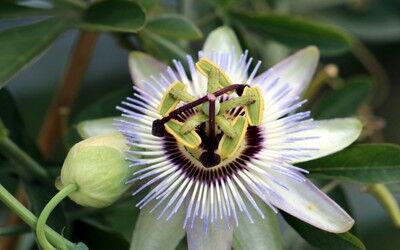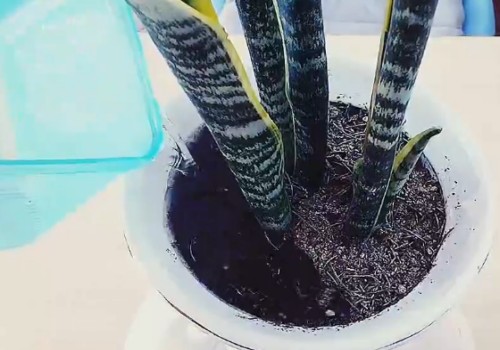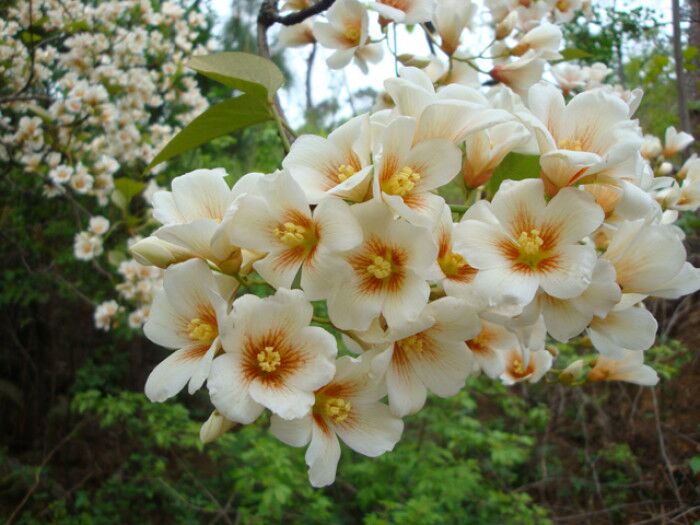The morphological characteristics and growth environment of plant flower, clock flower and growing environment
The flower language of plants allows you to understand the morphological characteristics of clock flowers and their growing environment.

Clock flower is a clock flower family, clock flower evergreen vine, growing in the tropical rain forests of South America, its shape is very similar to the dial on the clock, so it is called "clock flower".
Clock flower is a clock flower, clock flower evergreen vine, growing in the tropical rain forests of South America, its shape is very similar to the dial on the clock, so it is called "clock flower". The flowers of the clock are very regular, blooming in the morning and closing at night.
In the early days, the clock flower was chosen to worship the princess of Anglo-Saxon in the 7th century, the nun who founded the convent in Kent.
Morphological characteristics
The clock flower is an evergreen vine that grows in the tropical rainforests of South America. Its shape is very similar to that of a clock dial. The flower bed and Corolla are combined into a tube; the fruit is a capsule and the seeds have a reticulate pattern.
Growing environment
The clock flowers blossom regularly. It is more interesting to open this evening in the morning. Its flowers are almost the same and very strange. Studies have shown that the flowering pattern of clock flowers is closely related to the changes of sunshine and temperature, and is controlled by substances and clock enzymes in the body.
The enzyme regulates the physiological function of clock flowers and controls flowering time. After sunrise, with the gradual increase of temperature, the enzyme is active, which promotes the opening of flowers.
When the temperature rises to a certain extent, the activity of the enzyme weakens gradually and the flower fades naturally. It has been observed that the temperature required for clock flowering is between 18 ℃ and 20 ℃, and between 28 ℃ and 32 ℃ when withered.
Sunny days are usually open from 9am to 11:00, 3pm to 4pm, 12:00 and 5pm to 6pm.
If the temperature is low, the opening time of the flower will usually be delayed to 3 p.m. It's just a "wind and wind". If it is cloudy, the flowers will be put off until late at night, sometimes even in the morning. "
- Prev

The growth environment of tiger tail orchid the growth habits of flowers and trees
Tiger tail orchid, also known as tiger skin orchid, because of its high ornamental value and strong ability to purify the air, so many potted friends like to put it as a potted plant at home. However, if we want to raise it well, we must first understand its growing environment.
- Next

Plant flower language, growth environment and distribution of paulownia flowers, plant growth habits and conservation priorities
The flower language of plants will give you an answer to the growing environment and distribution of paulownia flowers. Paulownia flowers like light, but also endure shade. It can be shaded on the side, but flowering is very rare. The northern edge of the area is slightly hardy, bounded by the Qinling Mountains and the Huaihe River. It is fertile and well drained. it
Related
- Fuxing push coffee new agricultural production and marketing class: lack of small-scale processing plants
- Jujube rice field leisure farm deep ploughing Yilan for five years to create a space for organic food and play
- Nongyu Farm-A trial of organic papaya for brave women with advanced technology
- Four points for attention in the prevention and control of diseases and insect pests of edible fungi
- How to add nutrient solution to Edible Fungi
- Is there any good way to control edible fungus mites?
- Open Inoculation Technology of Edible Fungi
- Is there any clever way to use fertilizer for edible fungus in winter?
- What agents are used to kill the pathogens of edible fungi in the mushroom shed?
- Rapid drying of Edible Fungi

